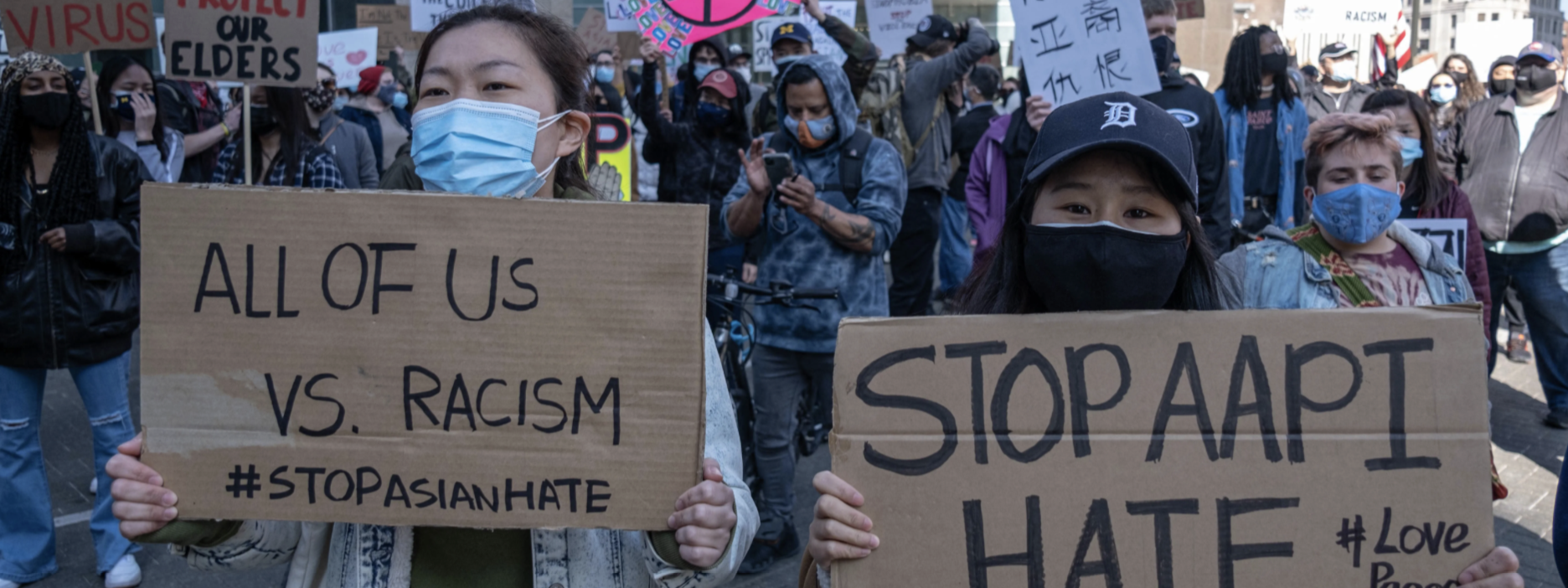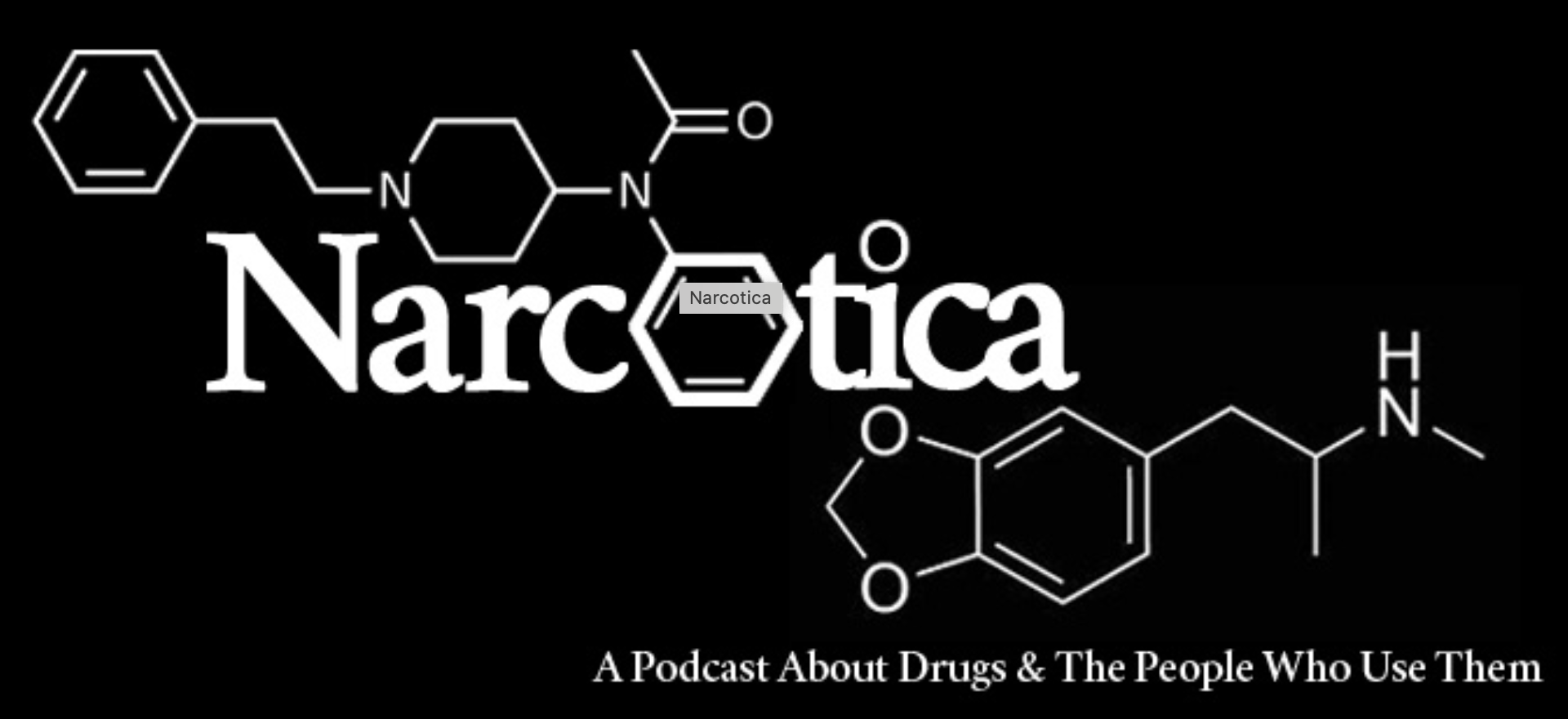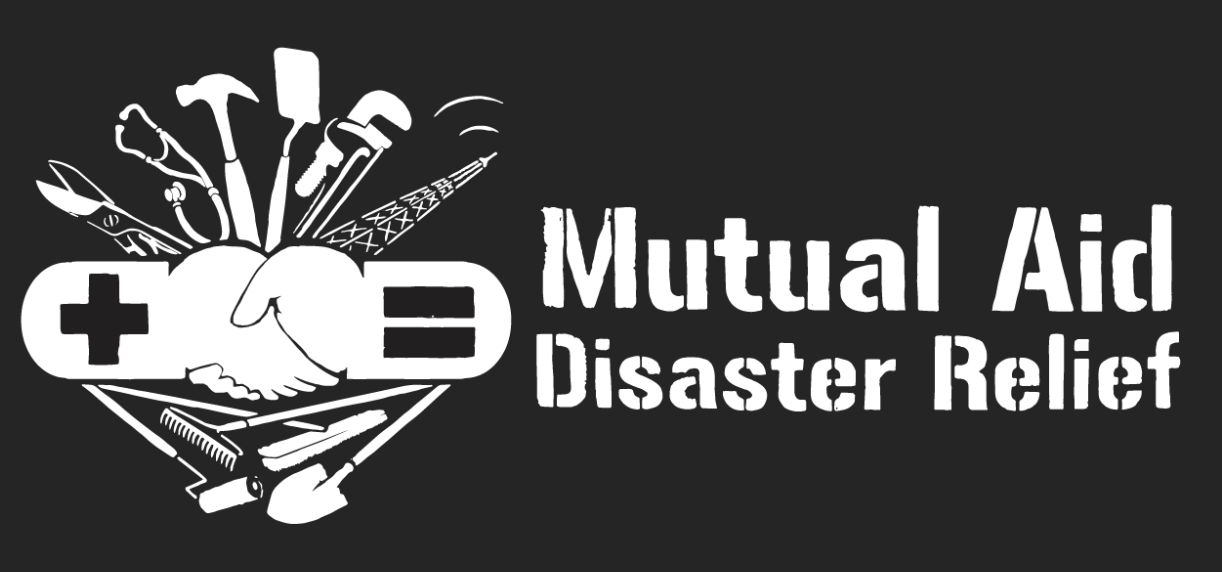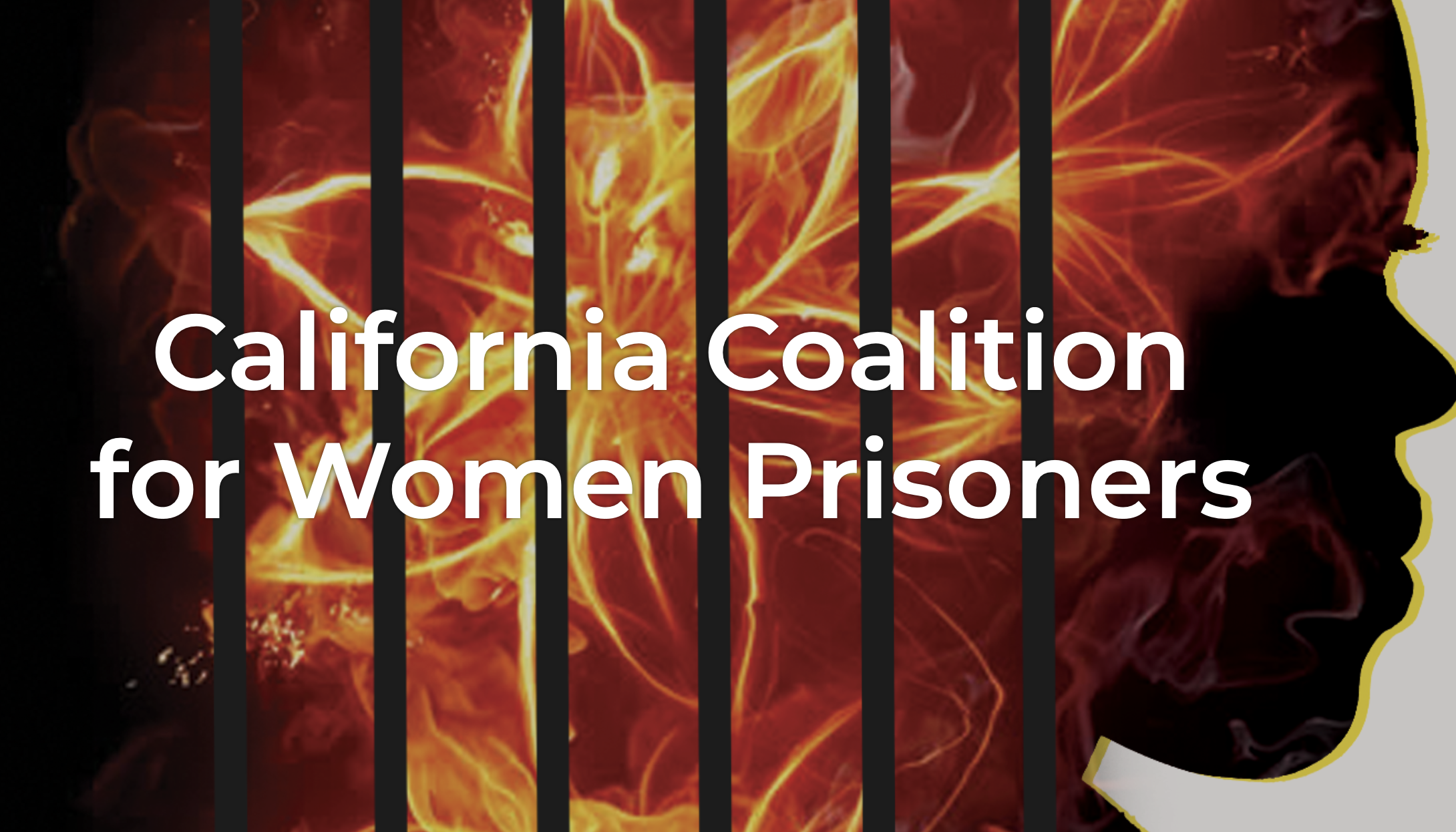Educational resources
Elimination starts with education!
Viral hepatitis can be prevented, managed, and even eliminated. Explore our educational resources to learn about the different types of hepatitis (A, B, and C), how they spread, and the best strategies for prevention. You'll also find harm reduction tips and more information on related topics.
What is hepatitis?
Hep·a·ti·tis is a Greek compound word made from hêpar, which translates to liver, and the ending -itis, which means inflammation. The human body can develop hepatitis (AKA, liver inflammation) in a variety of ways: through disorders where the immune system mistakenly attacks the liver, via chronic overconsumption of alcohol, or by catching a hepatitis virus.
Upwards of 3 million Americans are estimated to be living with viral hepatitis, and of those, half don’t even know they have it. And though it receives much less airtime, the hep C virus is 4 times more prevalent than HIV in the U.S.
Left untreated, hepatitis usually leads to the development of cir·rho·sis, in which scar tissue steadily replaces healthy cells and the liver sustains permanent scarring. That irreversible damage often leads to the development of liver cancer or another terminal liver disease, which kills millions across the globe every year.
Here’s the good news: viral hepatitis is preventable and treatable and HEP provides those services for free.
But we can’t give people services they don’t know to seek out, so please share the information on this page far and wide to help us spread the word!
Whether you’re already familiar with hepatitis A, B, and C or you’re just now learning there’s more than one hepatitis virus, scroll onward for a deeper dive into the virus subtypes ⬇️
Hepatitis A
Hepatitis B
Hepatitis C
Hepatitis ABCs
-
Hepatitis A is a virus that affects the liver and is easily preventable through a two-dose vaccine series. For those unvaccinated, it spreads primarily through contaminated food or water, making handwashing and thorough cleaning of produce essential preventive measures. While rare, transmission can also occur through blood exposure.
Children who contract hepatitis A are often asymptomatic, whereas most adults experience symptoms such as fatigue, brain fog, jaundice (yellowing of the skin and eyes), and abdominal discomfort. The infection can last weeks to months, sometimes requiring hospitalization. While most individuals develop immunity after infection, severe cases can lead to liver failure and, rarely, death.
In the U.S., outbreaks have been reported among individuals engaging in certain sexual practices (anal, perianal, and anal-oral contact), communities with limited access to clean water and sanitation, residents of congregate living settings (e.g., jails and prisons), and food service workers. International travelers are also at increased risk.
Vaccination remains the most effective prevention method, complemented by proper hygiene and food safety practices.
Resources:
-
Hepatitis B is both a bloodborne and sexually transmissible virus. While infection rates have significantly declined in the U.S. and other countries with strong health infrastructure—thanks to vaccination, health education, and post-exposure prophylaxis—exposure rates are rising in certain communities.
Misinformation, healthcare distrust, and systemic marginalization contribute to increased hepatitis B exposure, particularly among people who inject drugs, LGBTQ+ individuals, and communities of color, especially within refugee and immigrant populations. Alarmingly, only 25% of individuals living with hepatitis B in the U.S. have been diagnosed.
Though there is no cure, antiviral medications can slow liver damage and reduce transmission risk. Continued vaccination efforts, education, and access to healthcare remain critical in combating hepatitis B.
Resources:
Hepatitis B Vaccine Information Sheet
-
Hepatitis C (HCV) is a bloodborne viral infection that, over decades, can lead to liver fibrosis (scarring), cirrhosis, and, in some cases, liver cancer or death. It is primarily transmitted through blood-to-blood contact, with rare cases of sexual transmission.
Approximately 4 million Americans have chronic hepatitis C, yet only 25–30% have been diagnosed. Diagnosis is confirmed through specific laboratory blood tests, and in some cases, a liver biopsy may be recommended to assess the degree of fibrosis and determine the need for treatment.
Hepatitis C is curable, with treatment duration typically lasting 12 weeks—though some individuals may be cured in as little as 8 weeks, while others may require up to 24 weeks. Cure rates range from 90–100%, depending on the hepatitis C genotype (strain) and severity of liver disease. In the past, treatment involved pegylated interferon and ribavirin, which only cleared the virus in about 50% of patients. Fortunately, today’s regimens do not include interferon, offering significantly higher cure rates with fewer side effects.
Resources:
-
Racial justice can be an extremely uncomfortable topic to digest; however, exploring and learning about racial justice is critical to understand the history, policies, and culture that has shaped our present systems, including healthcare. Dialogue around racial justice allows individuals to lean into difficult conversations, reflect, and commit to preventing additional damage for marginalized and excluded communities. Delving into racial justice work gives individuals the opportunity to bridge their shared values with one another and come together to fight against systemic racism and oppression. Intersecting viral hepatitis and racial justice highlights disparities, most specifically for Black and African Americans, Indigenous communities, and immigrant and refugee groups. Join us in further understanding racial justice as we strive toward a diverse, inclusive, and equitable future.
-
Disability Justice is a framework that examines disability and ableism as it relates to other forms of oppression and identity (such as race, class, gender, sexuality, citizenship, incarceration, size, etc). The framework was published in 2005 by the Disability Justice Collective, a group of black, brown, queer and trans people including Patty Berne, Mia Mingus, and Stacey Milbern. In disability justice, disability is not defined in “white terms, or male terms, or straight terms.” Disability justice also acknowledges that “ableism helps make racism, Christian supremacy, sexism, and queer-and transphobia possible” and that all those systems of oppression are intertwined. The Disability justice framework is being applied to the intersectional reexamination of a wide range of disability, human rights, and justice issues.
-
People who trade sex are impacted by the same systems the harm people who use drugs. While these communities sometimes overlap, the most common threads that connect them are criminalization, discrimination, and stigma. Sex workers use harm reduction to create more safety and wellness for themselves and their communities. Harm reduction for drug use and sex work are often siloed, but working for health equity and justice means fighting for access to these tools for all. -
The adversarial and punitive “justice” system that forms the bedrock of the modern American court system has been nothing short of an abject failure in its every address to the societal issues that it uses to justify it existence. The punitive system that constitutes the law in the United States actively harms countless people every day, taking community members from their loved ones to be exploited for labor and subjected to social exclusion. The fact that the U.S. imprisonment rate is so dramatically high is a testament to the system’s failure. We’re long past due to start embracing a more collaborative and restorative concept of justice.
-
Mutual aid is about directly supporting each other’s survival needs, while also fighting against the systems that produce inequity. It centers collectively providing basic needs to our communities because our government (and other institutions) are not meeting the need, and people are suffering and dying in the meantime. Providing new syringes, information about safer injection strategies, services related to infectious disease transmission, and outreach to encampments are all forms of mutual aid if we keep a mindset of “solidarity, not charity”. Mutual aid is a wonderful mechanism through which to provide harm reduction services in a way that centers autonomy and nonjudgment of all involved.
-
Several high-profile HIV (human immunodeficiency virus) outbreaks among people who inject drugs and their partners over the past decade highlight the importance of continuing HIV prevention and engagement in care activities, including access to sterile syringes and free HIV testing, for those who inject drugs. People living with HIV who are Black, Indigenous, or are co-infected with HBV or HCV already experience some of the most significant disparities in care, and thus may need additional support re-engaging in HIV primary care. It is important to remember that people who use drugs are also at risk for HIV from sexual transmission, so harm reduction programs should have an HIV prevention strategy that is robust and takes a whole-person approach. While HIV is not curable, current treatments can suppress an individual’s viral load to the point that it is undetectable in the bloodstream and cannot be transmitted to others.
-
Stigma is rooted in maintaining systems of oppression and can manifest on interpersonal and systemic levels. Stereotypes teach us that people who have certain conditions or identities are less deserving of care. These narratives cause loved ones and providers alike to have less access to information about evidence-based interventions that would support the well-being of communities of color, drug-using communities, and individuals with mental health needs, among others. Similarly, people who experience shame feel more socially isolated and are less likely to seek support when needed, which can lead to preventable illness and death. Undoing stigma requires telling stories in ways that elicit humanity and compassion, while supporting dignity.
Related Topics
Resources


































